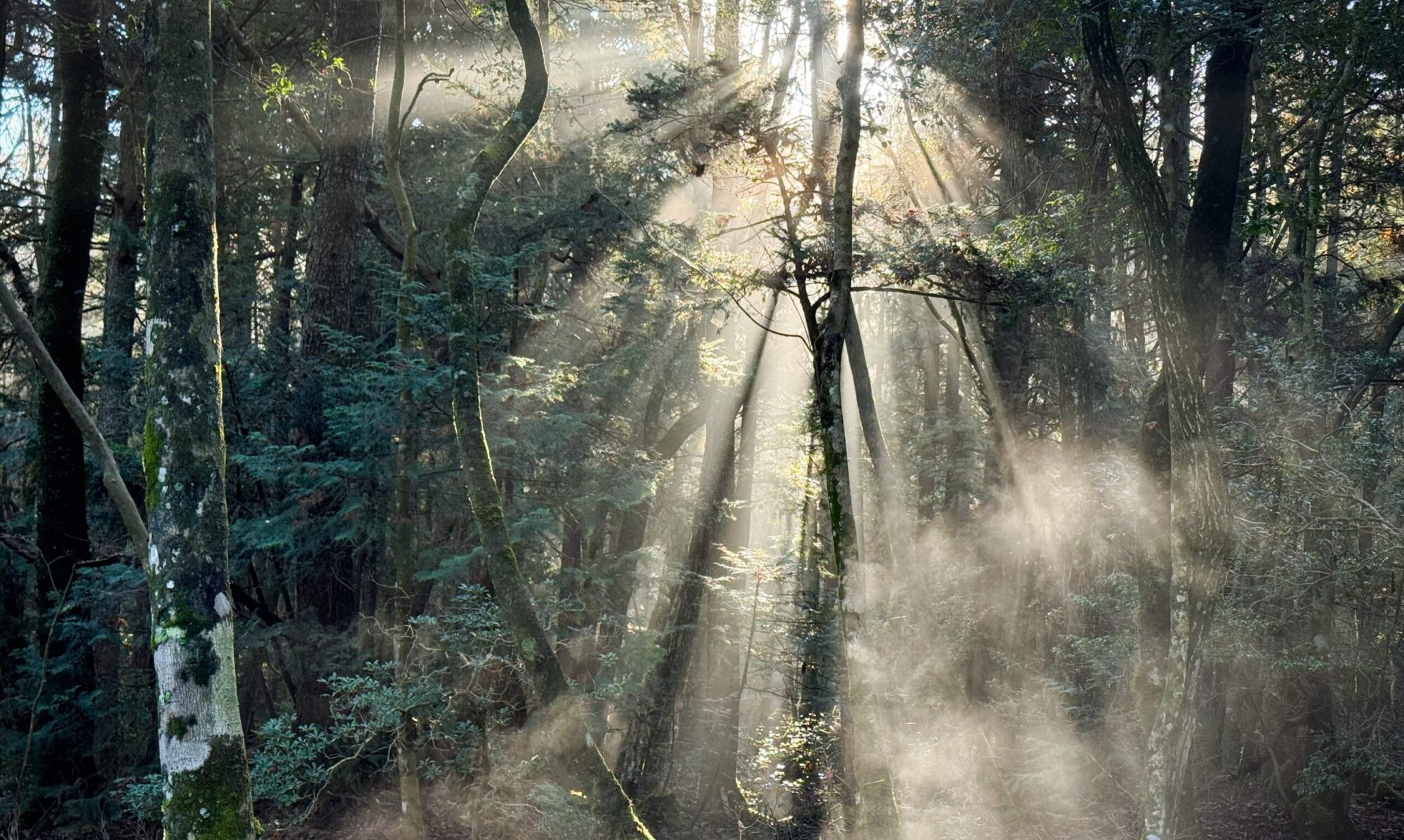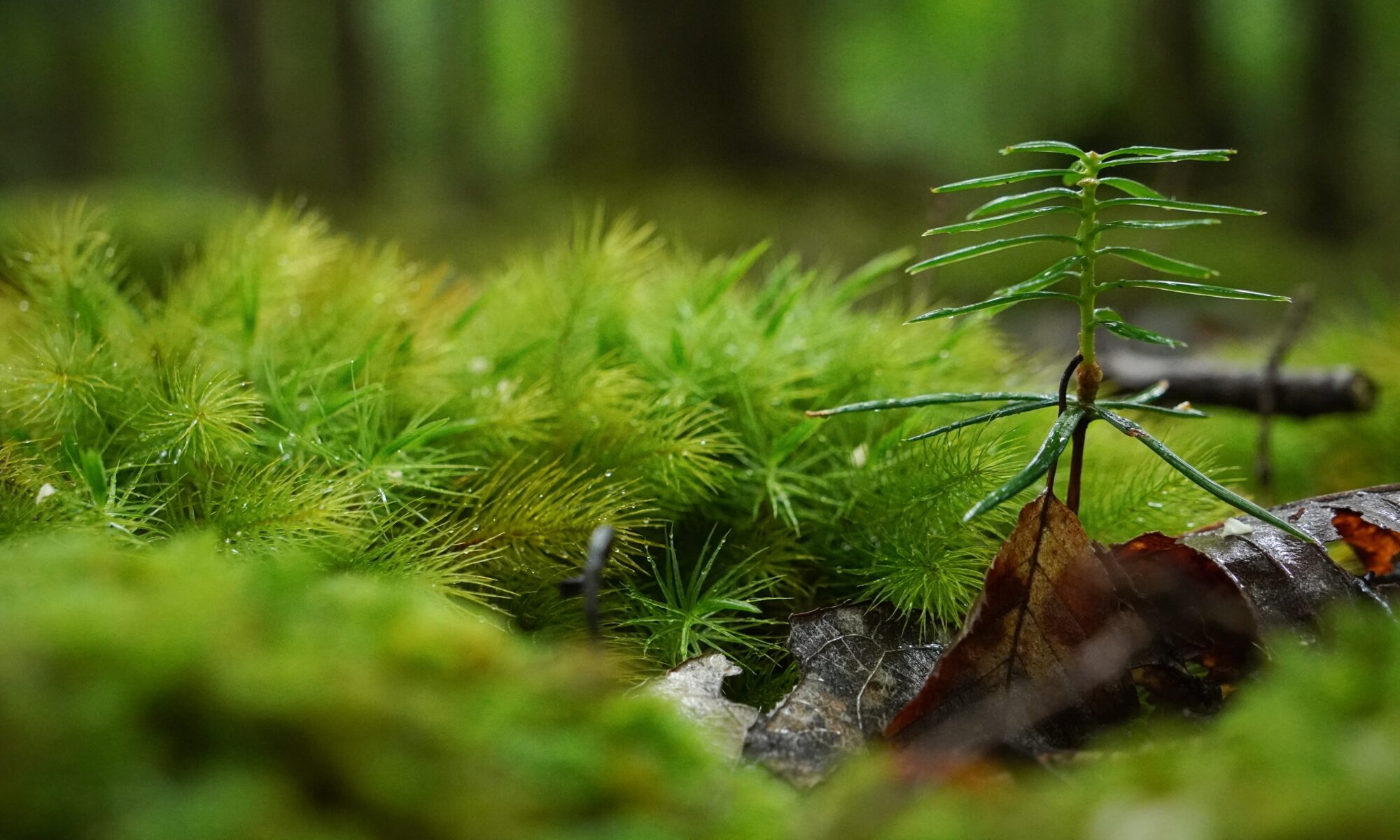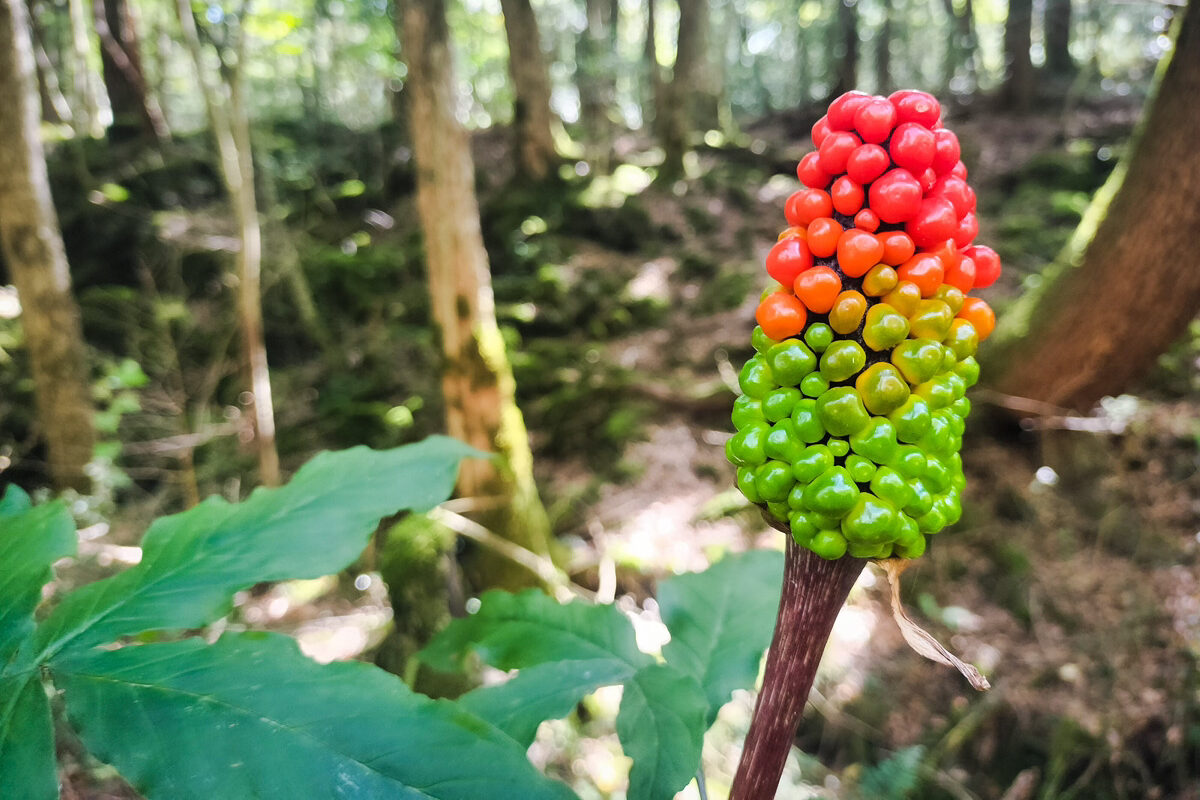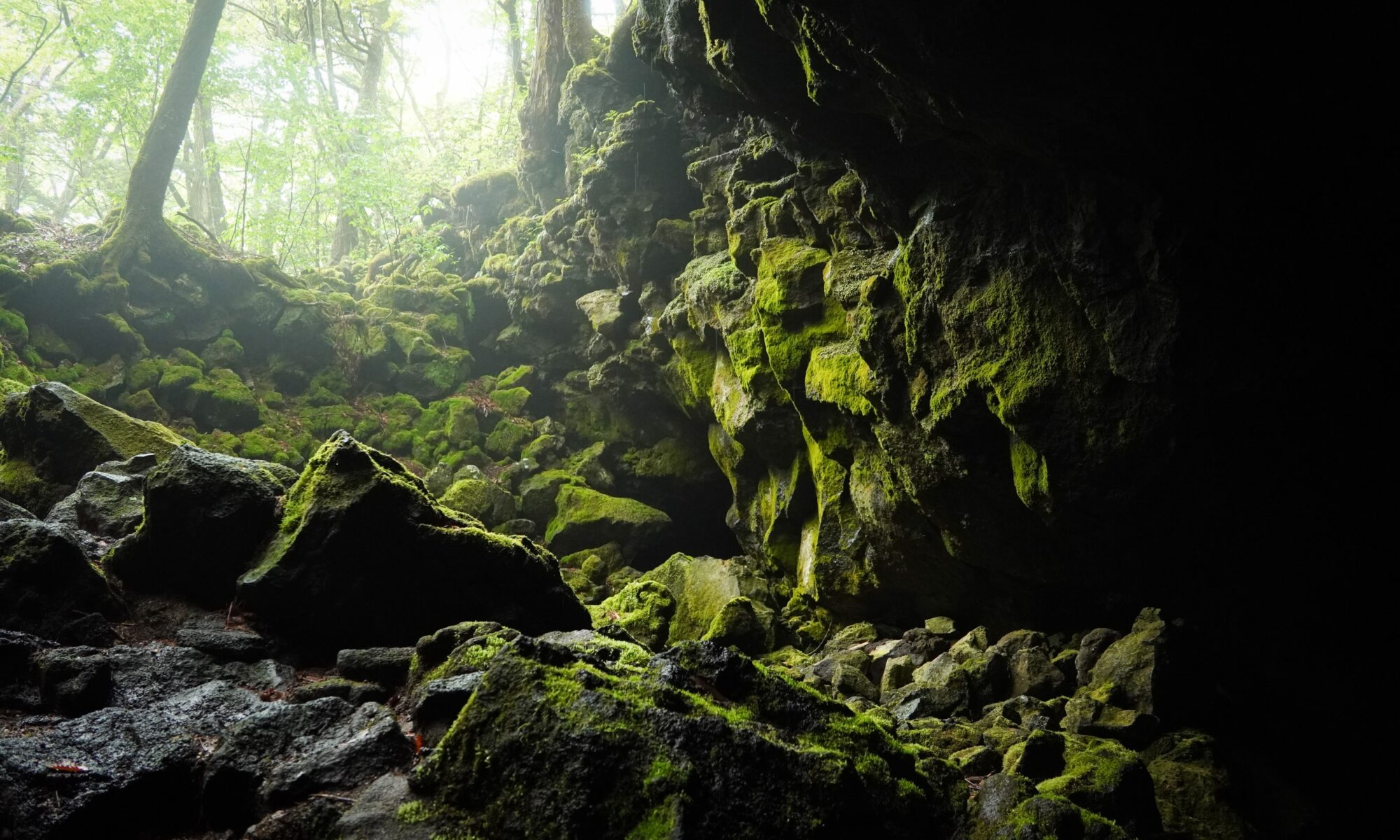Life Thrives in the Aokigahara Rain
Today, I walked through the Aokigahara Forest in a light rain. During the rainy season, the moss and plants come vibrantly alive, and it is a paradise for mushrooms. There’s so much to enjoy even when it rains. First, let’s talk about the moss, which plays a particularly crucial role in Aokigahara Forest. The forest, …



